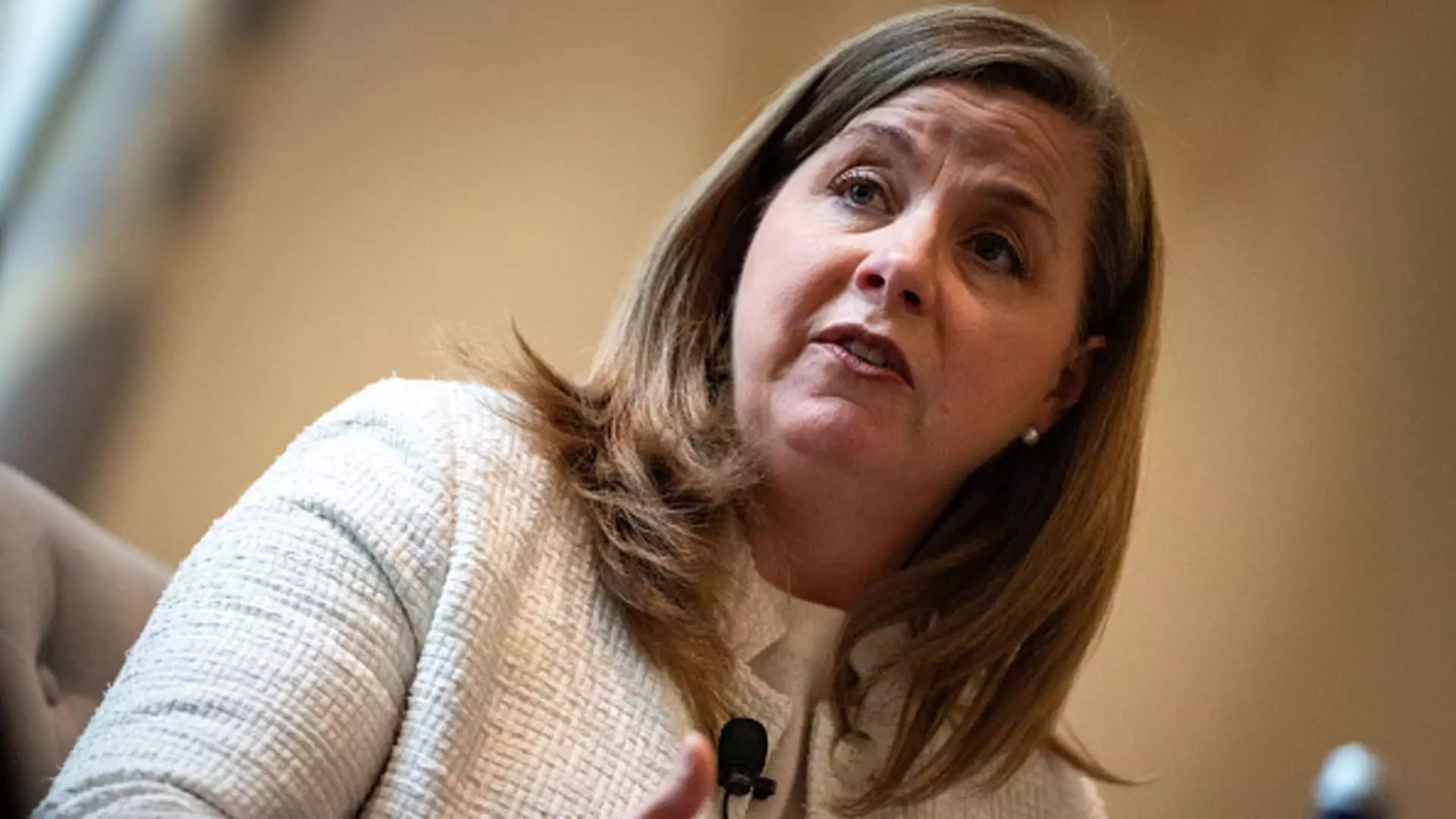In a recent speech in California, Federal Reserve Governor Michelle Bowman expressed her support for the recent interest rate reductions. However, she made it clear that she does not advocate for further cuts at this point. Bowman’s remarks shed light on her outlook regarding the economic indicators that influence the Federal Open Market Committee (FOMC)’s decisions, particularly concerns regarding inflation. She noted that while the Federal Reserve had enacted a quarter-point reduction in December, she sees this as likely being the concluding adjustment of the current cycle.
Bowman emphasized her belief that the existing interest rate is approaching a “neutral” level—one that does not actively stimulate or hinder economic growth. This view reflects her cautious optimism about the future direction of monetary policy, suggesting a preference for maintaining current rates rather than making additional cuts.
Inflation continues to be a focal point in Bowman’s analysis. While she acknowledged the progress made throughout 2023, she raised alarms that inflation remains “uncomfortably above” the Fed’s target of 2%. According to the Fed’s preferred inflation gauge, the inflation rate was reported at 2.4% in November, with core inflation—excluding the more volatile food and energy sectors—sitting at 2.8%. This divergence illustrates the complexities surrounding inflation metrics; core inflation is viewed as a more reliable long-term indicator, and its persistent elevation above target levels indicates ongoing economic challenges.
Bowman’s remarks align with sentiments shared by other FOMC members, who also expressed concerns regarding inflation during a recent meeting. However, the general consensus appears to be that inflation may eventually revert to the 2% target, with projections extending as far out as 2027. This indicates a divergence in anticipation among committee members regarding the timeline and effectiveness of their monetary policy.
Interestingly, Bowman’s views come amidst contrasting opinions from other Federal Reserve members. For instance, Governor Christopher Waller recently articulated a more optimistic outlook on inflation, suggesting that observed price moderation points toward a need for further rate reductions. Waller indicated that adjustments to estimated inflation data could be impacting rates, presenting a rationale for a more aggressive approach to easing monetary policy.
This discord reflects a broader debate within the Federal Reserve about the path forward. Some regional presidents conveyed confidence that a slower rate reduction trajectory could be undertaken this year, even if that pace is slower than previously expected. The FOMC’s December meeting indicated a shift in projection, now considering an equivalency of two quarter-point cuts in 2024, down from initial expectations of four.
Despite the varying viewpoints, Bowman’s position as a permanent voting member of the FOMC affords her significant influence over upcoming policy decisions. Her cautious approach could play a pivotal role in guiding the Fed’s monetary policy in the face of evolving economic conditions. As discussions around incoming administration policies—particularly regarding tariffs and immigration—intensify, Bowman advises her colleagues to avoid making blanket assumptions about the impacts of these policies on the economy.
Moreover, her reference to rising stock market gains and Treasury yields serves as a reminder that interest rate levels do indeed have a substantial effect on economic activity. Her call for a “cautious and gradual approach” to policy adjustments suggests a desire to avoid creating abrupt shifts that could destabilize the economy.
Governor Michelle Bowman’s recent comments capture the delicate balancing act facing the Federal Reserve as it navigates the complexities of inflation and interest rates. Her support for the recent quarter-point cut, coupled with her reluctance to endorse further reductions, underscores a strategic wait-and-see approach in the wake of mixed economic signals. As the committee reflects on inflationary pressures and the trajectory of monetary policy, it remains to be seen how differing perspectives will inform decision-making in the months ahead. Bowman’s steadfastness to pursue a careful policy shift aligns with the need to maintain economic stability while remaining vigilant against potential inflationary threats.

